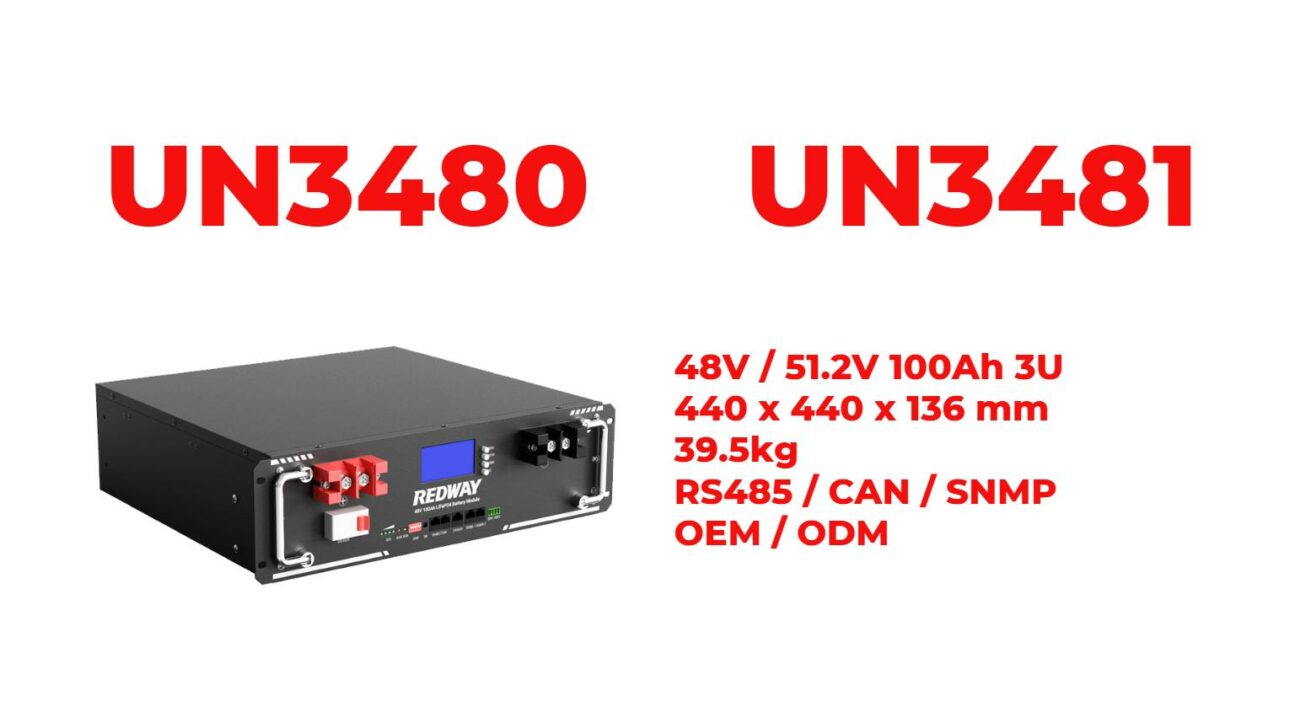What You Need to Know About Bringing a 10,000mAh Power Bank on a Plane
You can generally bring a 10,000mAh power bank on a plane in your carry-on luggage without special permissions. However, it’s crucial to check specific airline regulations, as some may have stricter rules regarding battery capacities.
What are the regulations for carrying power banks on planes?
According to international aviation guidelines, passengers are permitted to carry power banks in their carry-on luggage. Power banks must typically not exceed 100 watt-hours (Wh) or approximately 27,000mAh. Since a 10,000mAh power bank is well within this limit, it is generally allowed on flights.
| Power Bank Capacity | Allowed in Carry-On | Allowed in Checked Baggage |
|---|---|---|
| Up to 10,000mAh | Yes | No |
| 10,001 – 27,000mAh | Yes (with restrictions) | No |
| Above 27,000mAh | Requires approval | No |
Are 10,000mAh power banks allowed in checked baggage?
No, 10,000mAh power banks cannot be placed in checked baggage due to fire safety regulations. They must be carried in your hand luggage to ensure they can be monitored during the flight.
How many power banks can you take on a plane?
Passengers are typically allowed to carry up to two rechargeable batteries or power banks per person. Each must adhere to the capacity limits set by airlines and aviation authorities.
| Number of Power Banks | Capacity Limit (each) |
|---|---|
| Up to 2 | 100Wh or 27,000mAh |
What is the maximum capacity allowed for power banks?
The maximum capacity for most airlines is 100Wh, which translates to about 27,000mAh. Power banks exceeding this limit may require special approval from the airline and could be subject to additional restrictions.
How can you ensure a smooth travel experience with your power bank?
To ensure hassle-free travel with your power bank:
- Check Airline Regulations: Always verify specific rules with your airline before traveling.
- Keep it Accessible: Store your power bank in an easily accessible part of your carry-on for security checks.
- Monitor Temperature: Avoid overheating by not exposing it to direct sunlight or high temperatures during travel.
Can you charge your power bank during the flight?
Yes, you can generally charge your devices using a power bank during the flight. However, it is essential to comply with airline instructions regarding device usage during takeoff and landing.
Industrial News
The aviation industry has recently updated its guidelines concerning portable electronic devices due to growing concerns over battery safety. Airlines are increasingly emphasizing the importance of adhering to regulations regarding lithium-ion batteries and portable chargers. This has led to more stringent checks at security points and clearer communications from airlines about what passengers can bring onboard.
Expert Views
“Understanding the regulations surrounding battery-powered devices is crucial for travelers,” states aviation safety expert Dr. Lisa Chen. “While most travelers can easily carry a 10,000mAh power bank without issues, it’s essential to stay informed about specific airline policies and safety measures.”
FAQ Section
Can I bring multiple 10,000mAh power banks on a plane?
Yes, you can typically bring up to two 10,000mAh power banks as long as they meet airline regulations.
What should I do if my power bank starts overheating?
Immediately inform a flight attendant if your power bank overheats; do not attempt to handle it yourself.
Are there any restrictions on charging devices with my power bank during a flight?
Generally, yes; you can use your power bank while flying but follow crew instructions regarding device usage during takeoff and landing.

